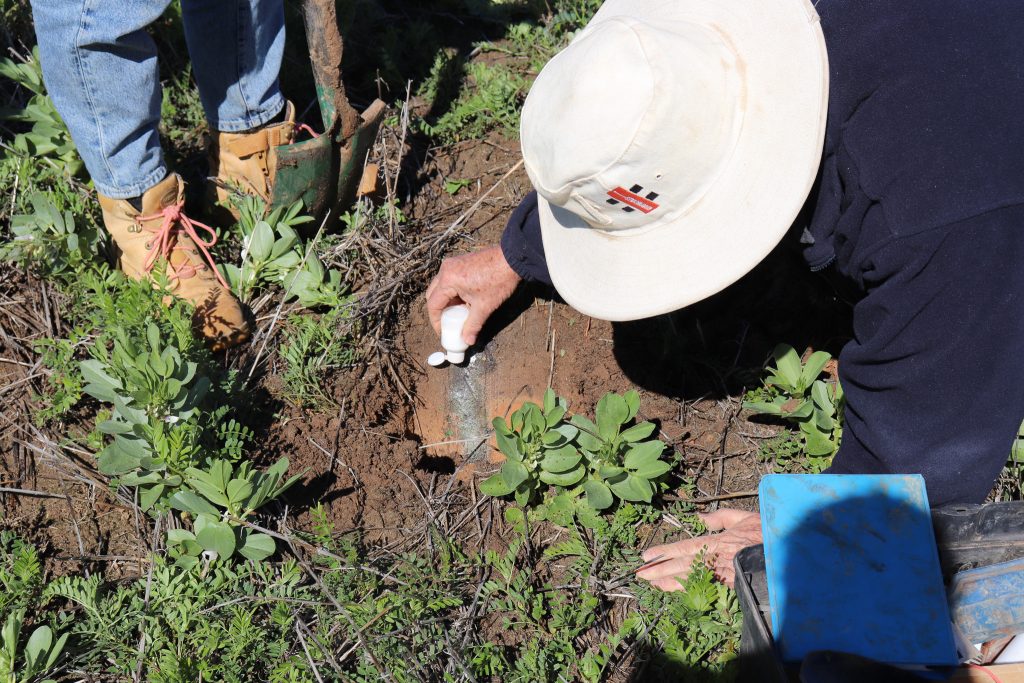Mallee Sustainable Farming recently organized a crop walk near Pinnaroo, in collaboration with the GRDC Grain Legume production project, to address the issue of acidic sandy soils and shed light on the difficulties of grain legume production with these soil types.
Attended by nearly 40 farmers from various locations such as Pinnaroo, Parilla, Port Wakefield, and Bute, the crop walk took place in a mixed paddock of faba beans and vetch, planned for brown manuring.
Frontier Farming Systems’ Michael Moodie, with his 12 trial plots in the paddock, is conducting a range of tests to tackle the constraints posed by sand, clay, and changing pH levels. His trials involve lime addition, various amelioration procedures, and a combination of different techniques. These interventions have shown significant potential in improving growing conditions, particularly for grain legumes like beans, vetch, peas, and lentils, which are particularly susceptible to acidity. As every farming operation is unique, farm owners and managers must base their decisions on an economic analysis tailored to their circumstances.
According to soil scientist Brian Hughes from SARDI, over 2 million hectares of land in South Australia are now acid prone, and this number may increase in the future. The evolving land use practices and the cultivation of grain legumes in nontraditional areas are bringing attention to the prevalence and challenges of acid soils.
During the event, Brian and his colleague Bonnie Armour demonstrated a quick soil pH test using a Manutec Soil pH kit. They also stressed the importance of testing not only within the traditional 0-10cm range but also extending the analysis to the 10-20cm range. Brian suggested that farmers should start mapping their paddocks into zones to help identify areas prone to acidity and manage them effectively. This could involve a simple hand-drawn paddock map or the utilization of information from data management systems used in tractors and farm planning tools.
In terms of management decisions to optimize grain legume production, Liz Farquharson from SARDI introduced the new GRDC Factsheets on rhizobia inoculants for specific legume groups. She highlighted the importance of inoculation, especially when dealing with acid soils, echoing the sentiments expressed by Brian and Michael about understanding your soil and planning for future rotations.
Key takeaways from the day include:
- Conducting a pH soil test within the 1-10cm range as well as the 10-20cm range.
- Utilizing new rhizobia strains (Group E and F) available for the 2024 season for effective inoculation.
- Recognizing that any changes to soil pH will require time.
- Seeking knowledge and insights from field days, trials, and visits to regions facing similar challenges.
We extend our gratitude to the Grains Research and Development Corporation for their support. This event is part of the GRDC Grain Legume production project aimed at closing the economic yield gap and maximizing farming systems benefits from grain legume production in South Australia.
Contributed by Paige Cross.


